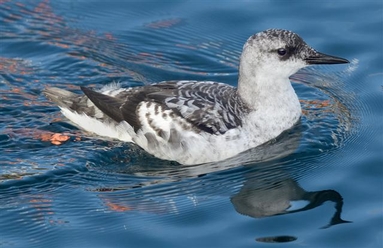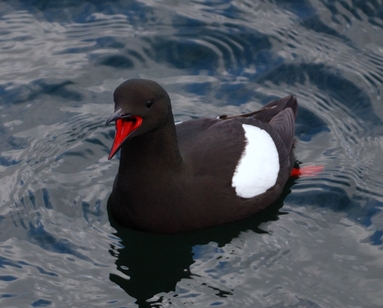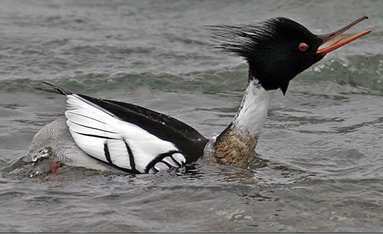Attracting a Mate


With spring many birds prepare for breeding. Many like the Black Guillemot moult from their winter plumage to the more eye catching breeding plumage.
Song is important to many birds in establishing breeding territory and our woodlands become alive with the songs of many species advertising their presence attracting suitors and discouraging rivals. The length of the song can be a measure of the vigour of the bird.
Birds also use flight displays to attract mates. Even small woodland birds like Blue Tit have a fluttering moth like flight for this purpose. For the birds of the open country these display flights are particularly important. The parachute flight of the Meadow Pipit or the soaring flight of the singing Skylark advertise their presence, the healthier birds making the most frequent song flights. The common buzzard can be seen engaging in spectacular aerial displays, soaring, tumbling. looping the loop, a whole range of aerial manoeuvres, all to attract a mate. Around our settlements and villages look out for Collared Dove and Woodpigeon doing their rising up and stalling flight display.
On the coast ducks use colour, sound and movement to attract their mates. Male Eider throw their head back showing off the pink flush on their chest while giving that familiar "ah-ooo," call. The male Red-breasted Merganser with metallic green head with the shaggy crest, bright red bill, white neck ring and red/brown breast put an a display that involves neck stretching, bobbing the front of their body, raising the rear like an ungainly courtesy. In a group of males with a single female present there can be almost a frenzy of stretching, ducking and bobbing.
Now is a good time to look out for birds attracting mates by colour, song and display.

